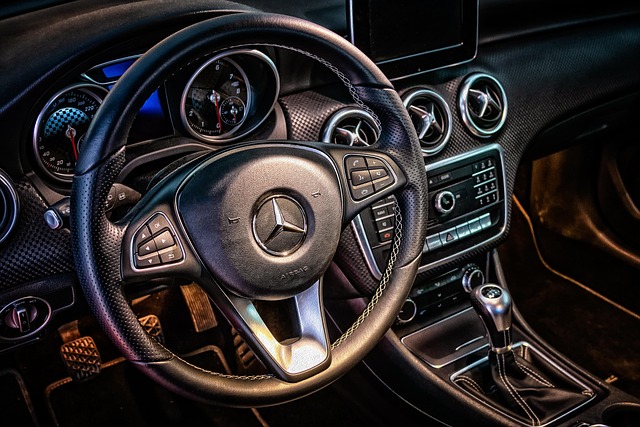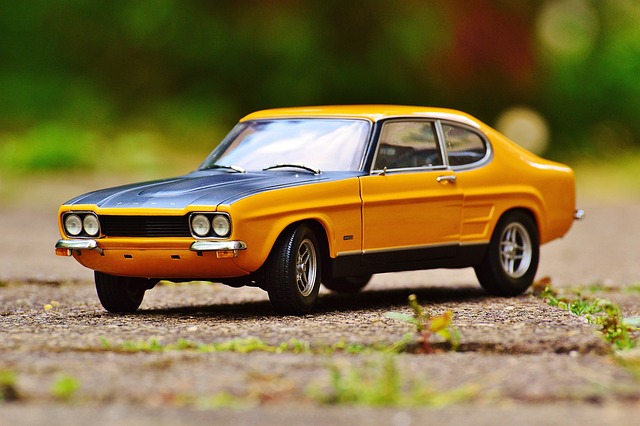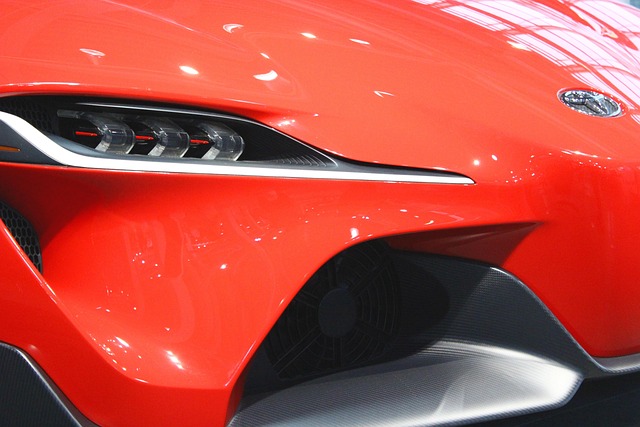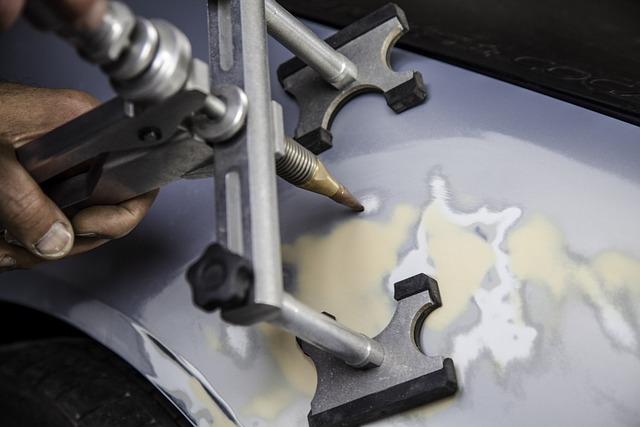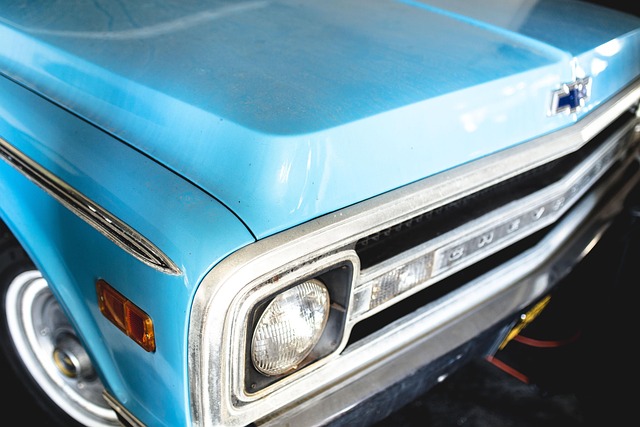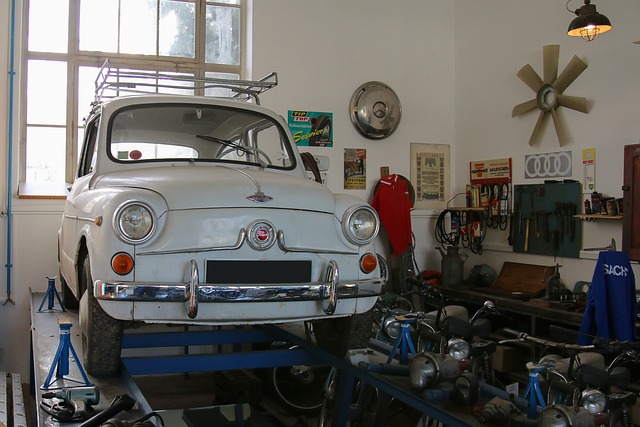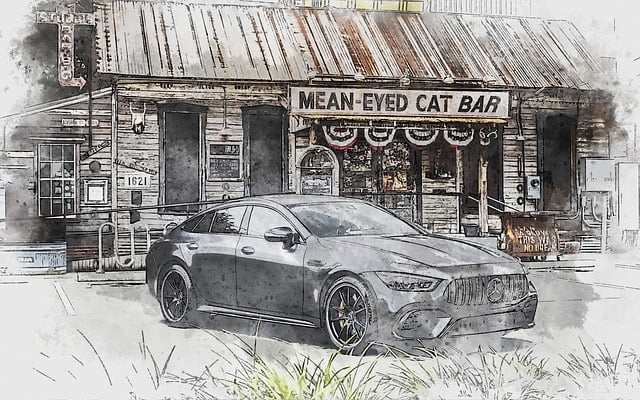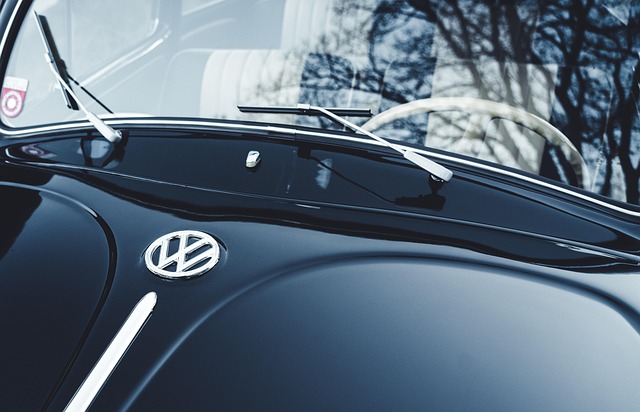Waterborne paint technology is transforming auto collision repair with its reduced environmental impact, fast drying times, low odor properties, and enhanced indoor air quality. By using water as a solvent, this sustainable alternative minimizes volatile organic compound (VOC) emissions from traditional solvent-based paints, offering a safer and greener approach for the automotive industry. Its superior performance, including improved adhesion and consistent color, elevates repair quality while boosting customer satisfaction. As the automotive sector prioritizes sustainability, waterborne paint technology is poised to revolutionize collision repair, contributing to a cleaner environment.
Waterborne paint technology is revolutionizing the painting industry by offering a more sustainable and high-performance alternative to traditional solutions. This evolution addresses the need for an eco-friendly approach, as well as improved paint quality. By harnessing the power of water as a solvent, waterborne paints deliver exceptional results with better flow, reduced odor, and enhanced durability. Beyond environmental benefits, this technology prioritizes health and safety while ensuring long-term performance and cost savings, making it a holistic game-changer in painting practices.
- The Evolution of Paint Technology: A Shift Towards Waterborne Solutions
- – Exploring the traditional paint landscape and the need for a more sustainable alternative
- – Defining waterborne paint technology and its key advantages
The Evolution of Paint Technology: A Shift Towards Waterborne Solutions
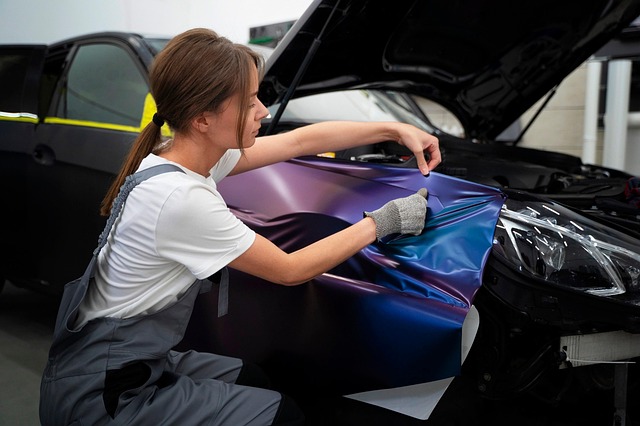
The evolution of paint technology has been a journey from traditional solvent-based systems to a more sustainable and environmentally friendly approach—waterborne paint technology. This shift is particularly notable in the automotive industry, where advancements in vehicle design and production processes have driven the need for innovative coatings. Waterborne paints offer a range of benefits over their solvent counterparts, primarily in terms of reduced environmental impact and improved performance.
In recent years, there has been a significant increase in the adoption of waterborne paint technology, especially in the realm of auto collision repair. Collision repair shops are now embracing these advanced coatings for their superior coverage, fast drying times, and low odor properties. This not only enhances the overall aesthetics of repaired vehicles but also contributes to better indoor air quality during the painting process. As the automotive industry continues to prioritize sustainability, waterborne paint technology is poised to play a pivotal role in shaping the future of collision repair and ensuring a cleaner, greener environment.
– Exploring the traditional paint landscape and the need for a more sustainable alternative
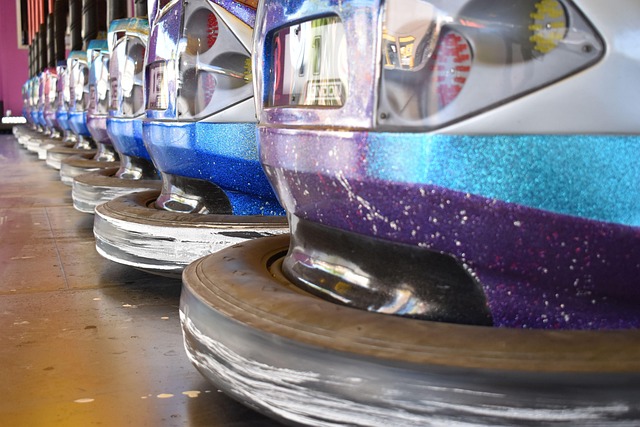
The traditional paint landscape has long relied on solvent-based paints, which have been the industry standard for decades. While effective in creating durable finishes, these paints come with significant environmental and health concerns. Volatile organic compounds (VOCs) emitted during application contribute to air pollution, posing risks to workers’ well-being. Additionally, the disposal of hazardous waste generated from these processes is a growing challenge for automotive body shops, collision centers, and fender repair facilities.
As a result, there’s a pressing need for a more sustainable alternative—waterborne paint technology. This innovative approach leverages water as the primary solvent, drastically reducing VOC emissions and minimizing environmental impact. By embracing waterborne paints, these workshops can enhance their eco-friendliness while promoting safer working conditions for employees. Furthermore, waterborne coatings often offer superior performance, including improved adhesion, better flow, and enhanced color consistency, benefiting both the final product quality and customer satisfaction in fender repair and collision center settings.
– Defining waterborne paint technology and its key advantages

Waterborne paint technology is a revolutionary advancement in the automotive painting industry, offering a range of benefits over traditional methods. This innovative approach involves using water as a solvent or carrier for the paint, instead of volatile organic compounds (VOCs). By embracing this technology, auto repair shops and collision repair services can significantly enhance their paint quality and overall process efficiency.
One of the key advantages of waterborne paints is their superior environmental friendliness. They produce fewer VOC emissions, reducing the impact on air quality and contributing to a greener, more sustainable workplace, especially for Mercedes-Benz repairs or any high-end automotive work that demands precision and eco-consciousness. Moreover, waterborne technology allows for quicker drying times, faster production rates, and reduced energy consumption in the painting process, making it an attractive option for busy repair facilities.
Waterborne paint technology represents a significant leap forward in the industry, offering not just an eco-friendly alternative but also improved performance. By leveraging water as a solvent, this innovative approach reduces volatile organic compounds (VOCs) and enhances paint quality with better flow, faster drying times, and superior durability. As we continue to seek sustainable solutions, waterborne paint technology is poised to play a pivotal role in shaping a greener future for the painting industry.
